| Weight | 500 g |
|---|---|
| Place of Origin | Kathmandu, Nepal. |
| Material Used | Indian rosewood, white-metal, chemical color, wall brass holder |
| Complementary | Certificate of Guarantee, Tag, Wrapping Lokta Paper,RGR Cap Bazz.National falg of nepal. |
QGS Plaque
The QGS (The Queen’s Gurkha Signals) Plaque is one of the latest additions by Ex – Gurkha Khukuri house to enhance the Gurkhali items and also to honor the prestigious Brigade of Gurkhas. It is actually the replicated version of the original ones found only in official army departments and the Gurkha Museum in the UK.British Army signalling can find it origins in the Royal Corps of Engineers in 1870, when the first Telegraph Battalion was formed. Signalling remained the prerogative of the Engineers for 58 years until the formation of the Corps of Signals in 1921. It is hardly surprising therefore that the initial employment of Gurkha signallers be in the three Indian Corps of Sappers and Miners (Bombay, Bengal, and Madras) in 1911.
$36.00
The QGS (The Queen’s Gurkha Signals) Plaque is one of the latest additions by Ex – Gurkha Khukuri house to enhance the Gurkhali items and also to honor the prestigious Brigade of Gurkhas. It is actually the replicated version of the original ones found only in official army departments and the Gurkha Museum in the UK.British Army signalling can find it origins in the Royal Corps of Engineers in 1870, when the first Telegraph Battalion was formed. Signalling remained the prerogative of the Engineers for 58 years until the formation of the Corps of Signals in 1921. It is hardly surprising therefore that the initial employment of Gurkha signallers be in the three Indian Corps of Sappers and Miners (Bombay, Bengal, and Madras) in 1911. This development was rather haphazard and it wasn’t until the First World War that whole companies of Gurkha signallers existed within these three Corps.When India gained independence from Britain in 1947 only 4 Regiments of Gurkhas, each of two battalions, were transferred from the Indian Army to the British Army. The 2nd, 6th, 7th, and 10th Gurkha Rifle Regiments moved to Malaya and Hong Kong in 1948. The impending Malayan Emergency provided the impetus in June 1948 for the formation of the 17th Gurkha Infantry Division and it was decided that the signals units for this new division should be Gurkha in composition. On 16th October 1953 17 Gurkha Divisional Signal Regiment was officially constituted. It is also accompanied by a Gurkhas Book to make buying more interesting and to bring closer to the masses the undying history and information on Gurkhas.
Only logged in customers who have purchased this product may leave a review.

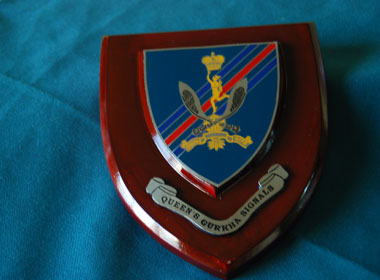
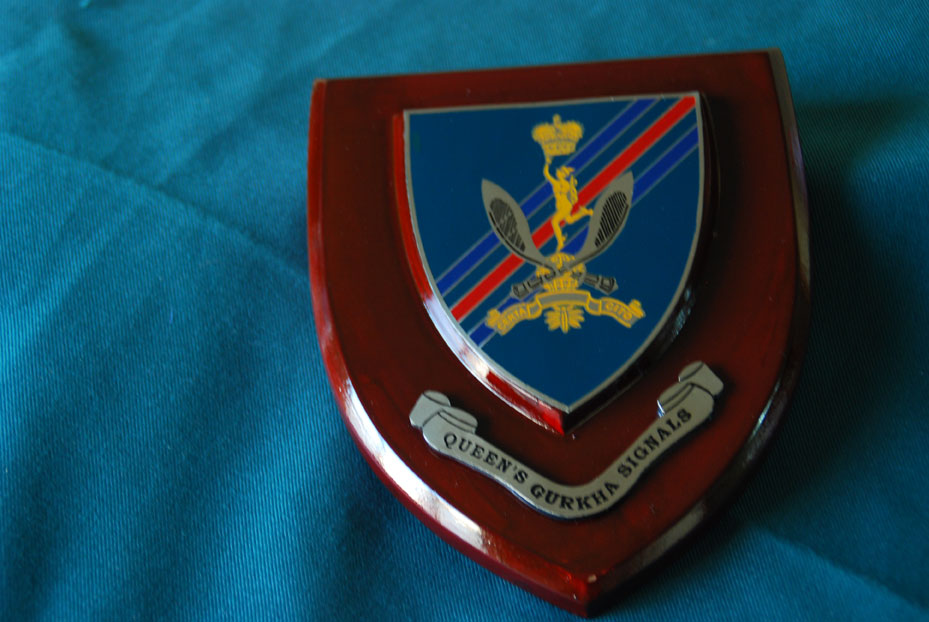
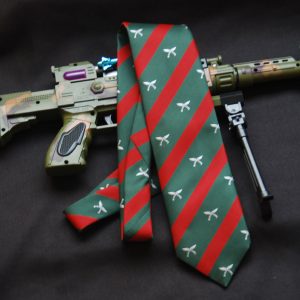
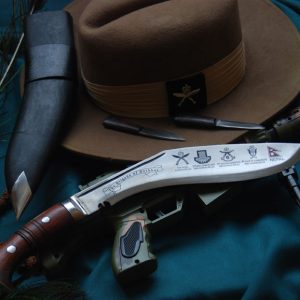
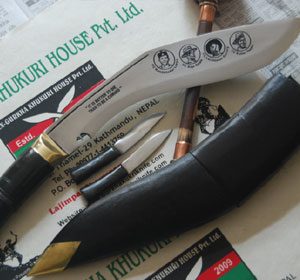
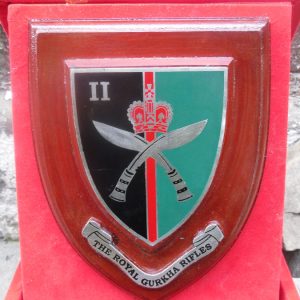
Reviews
There are no reviews yet.